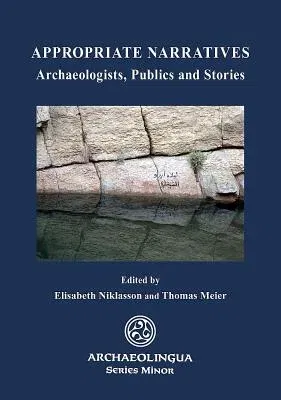How do different publics receive and transform archaeologists' stories?
Archaeologists frequently - and often disappointingly - realise that
their academic results are heavily "misunderstood" and transformed when
their stories enter public discourse, even if they themselves have
simplified their stories before handing them over to the visitor,
listener or reader.
The eleven authors of this book regard such public receptions of
archaeological narratives as productive transformations in their own
right and reject an old fashioned notion of academic knowledge versus
the misunderstood and deteriorated narratives of "the villagers". The
paternalistic guidance of the public towards the academically sanctioned
truth, as endorsed by modernity, has meant that these appropriations
have consistently been disregarded and deemed useless. However, if we
view such public transformations of archaeological knowledge as attempts
to make archaeologists' results meaningful outside the academic sphere,
they become vital for archaeologists to understand their own place in
wider society. More specifically, such analysis of what is received on
different levels and how archaeological narratives are transformed, will
enhance archaeologists' ability to meet requirements of different
publics and relate to their preconceptions of both archaeologists and
objects.

